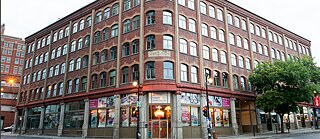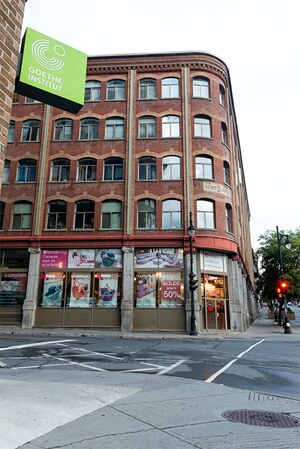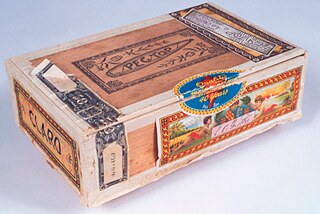German Traces in Montreal
The L.O. Grothé building

Opposite from the German cultural centre, the Goethe-Institut Montreal at the corner of Boulevard Saint-Laurent and Ontario Street, stands the L.O. Grothé building, erected in 1906. This heritage building reflects the spirit of entrepreneurship that animated German immigrants of the early eighteenth century arriving in the new world.
A wise and successful businessman in the cigar and real estate industry, Louis-Ovide Grothé, is at the source of this building which at the beginning of the 20th century was a cigar factory that became renowned worldwide. Louis-Ovide, the owner and director, was the great-grandson of

The location of the building chosen by Louis-Ovide Grothé was at the time considered the northern periphery of the city. At the beginning of the 20th century, Montréal had more than 267,000 inhabitants and the city was thriving economically. The plot of land of 21,675 square feet was acquired by Louis-Ovide for $ 32,512.50, or $ 1.50 per square foot. This was a considerable amount of money for the time when the average worker earned $ 10 a week, the daily newspaper sold for 1 cent and a one-year telephone subscription costed $ 20. The affairs of Louis-Ovide were prosperous: smoking the cigar was a favourite pastime. Thanks to the Peg Top, a cigar made entirely of Canadian tobacco, which was named and shaped after a torpedo that had exploded in the vicinity of the factory, the businessman gained worldwide attention and success. Furthermore, Louis-Ovide developed a small wooden peg that he inserted into the tip of his cigars facilitating aspiration and increasing the pleasure of smoking. Grothé then sold more than 35 million of these cigars per year for 15 cents each.
When looking at the Grothé building, one must image that over 700 employees worked here at the time. In operation 6 days a week from 8:00 AM to 6:00 PM as it was the norm back then, the

Conceptualized by the architect Jean-Zéphirin Resther, the 5-story building was classified as a historical monument in 1976. This building of exceptional heritage value has several elements typical of industrial buildings of that time: the red and beige brick cladding, low arched windows and a cornice with decorative masonry motifs. Since the exterior walls were not load-bearing, many windows surround the building.
Today, the building in the heart of the "Quartier des Spectacles" houses various businesses and condominiums.